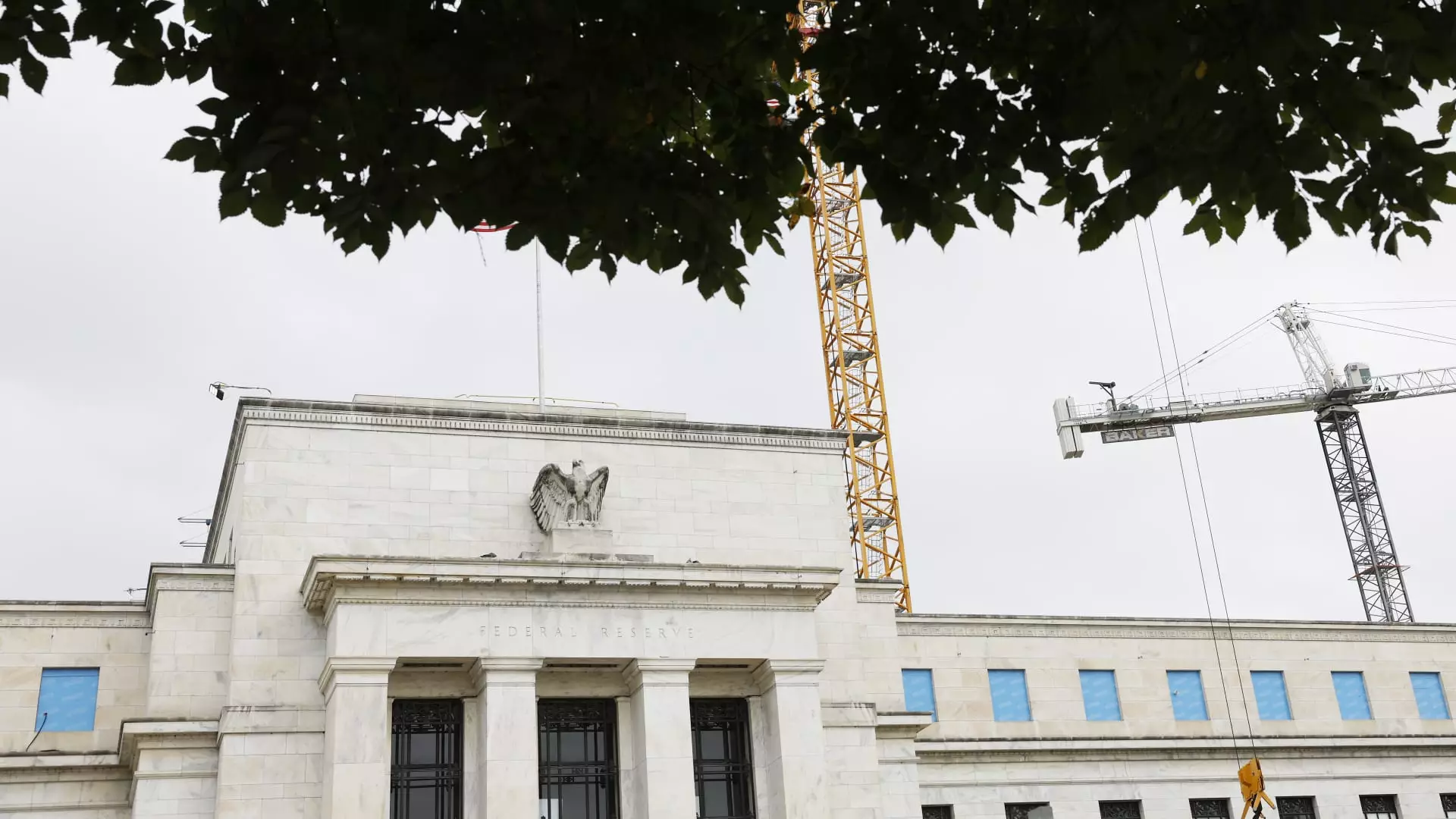When multimillionaire entrepreneur Elon Musk questions a $2.5 billion renovation budget for the Federal Reserve, one cannot help but resonate with his skepticism. Upon exiting his advocacy against government extravagance, this critique sheds light on a fundamental issue in public expenditure—unrestrained cost overruns and opaque budgeting. The staggering figure Musk highlights not only demonstrates fiscal irresponsibility but also raises critical questions regarding the accountability of government institutions. After all, $2.5 billion could be redirected to pressing social issues such as education, healthcare, or infrastructure improvements.
Construction Chronicles: Delays and Design Shifts
The Federal Reserve embarked on the renovation project in 2021 with an initial budget of $1.9 billion, but it quickly spiraled into a financial quagmire. This is not merely a reflection of inflation or market forces; it speaks volumes about bureaucratic inefficiency. Construction delays, design revisions, and an evolving list of requirements point to a larger systemic problem where government contracts often overshoot their budgets without any real consequences for those at the helm of decision-making. It’s baffling that the Fed, the very institution that governs monetary policy, cannot manage a straightforward renovation without incurring astronomical costs. The question begs, why does no one seem to bear the brunt of budget mismanagement?
The Justification or Lack Thereof
Proponents of the renovation assert that the long-term benefits justify the upfront costs. Fed officials claim that consolidating staff into a single space will eventually save taxpayer money, but Musk’s critique should prompt us to ask: can we trust these assurances? A modern, energy-efficient workspace is essential, surely, but spending taxpayer-like amounts on a mere facelift raises eyebrows. The idea that money is simply “saved” by making such extravagant expenditures is an easy narrative that overlooks the immediate financial burden on the citizenry.
Taxpayer Money and Public Scrutiny
It’s crucial to unpack the funding mechanism of the Federal Reserve. Though technically funded by interest and fees rather than directly by taxpayer dollars, the savings it generates are funneled back into the Treasury. This brings us full circle to Musk’s main point: accountability to citizens remains paramount. As stewards of public trust, government agencies should operate transparently and cost-effectively, even if the funding originates from complex financial streams. Those in power should be prepared to defend their spending in unequivocal terms, especially when the price tag crosses into bloated territory—$2.5 billion for interior design is not just eyebrow-raising, it’s scandalous.
The Bigger Picture: Government Efficiency
Musk’s Department of Government Efficiency exists to challenge expenditures that don’t represent value for money. With a purported track record of saving taxpayers $160 billion through meticulous audits, Musk’s criticism carries weight. It’s essential that inefficiencies are not just tolerated, but actively challenged by citizens and entrepreneurs alike. His point cannot be dismissed as mere grandstanding; it reflects a growing sentiment that government must behave more like the innovative and budget-conscious businesses it regulates. The public deserves better stewardship of its resources, whether through transparent renovations or responsible governance.


Leave a Reply